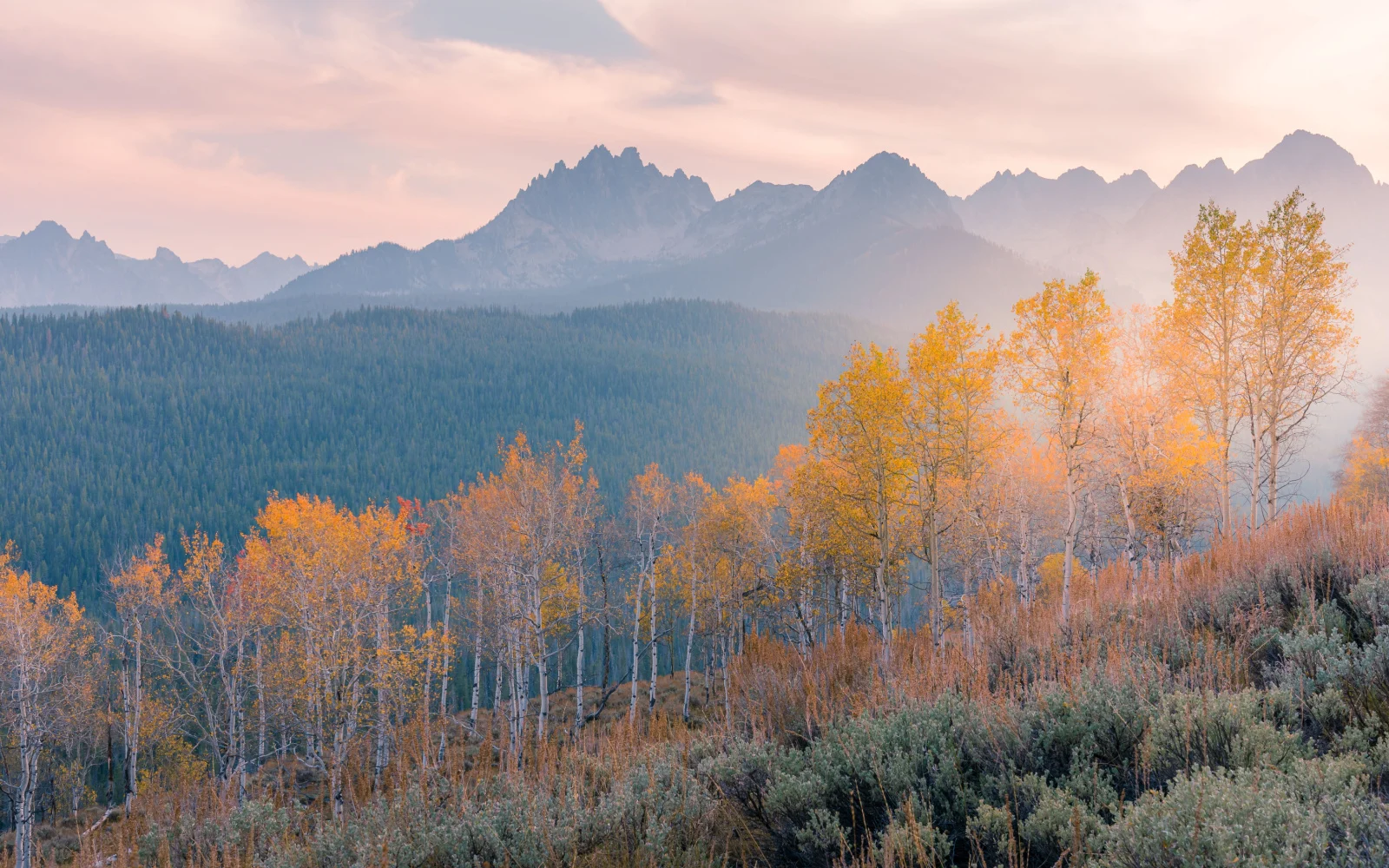What's the best time to visit Idaho?
Idaho has enjoyed a huge surge in tourism in the last few years, with more than 35 million tourists in 2022 alone. But what’s drawing everyone to the Gem State all of a sudden? Bordering Washington and Oregon, Idaho is as far west as you can get without being on the coast.
The northern border touches Canada, making it ideal for anyone who’s visiting the nation as well. Because of its proximity to Canada, many visitors to Idaho come from our neighbors to the north.
Maybe you’re a Vancouver native wanting to see the storied Sawtooth Mountains, or maybe you’re an east coast American wanting to see the West. In any case, you’ll need to know the best time to visit Idaho to make the most of your visit. Here’s our take.
The Overall Best Time to Visit Idaho
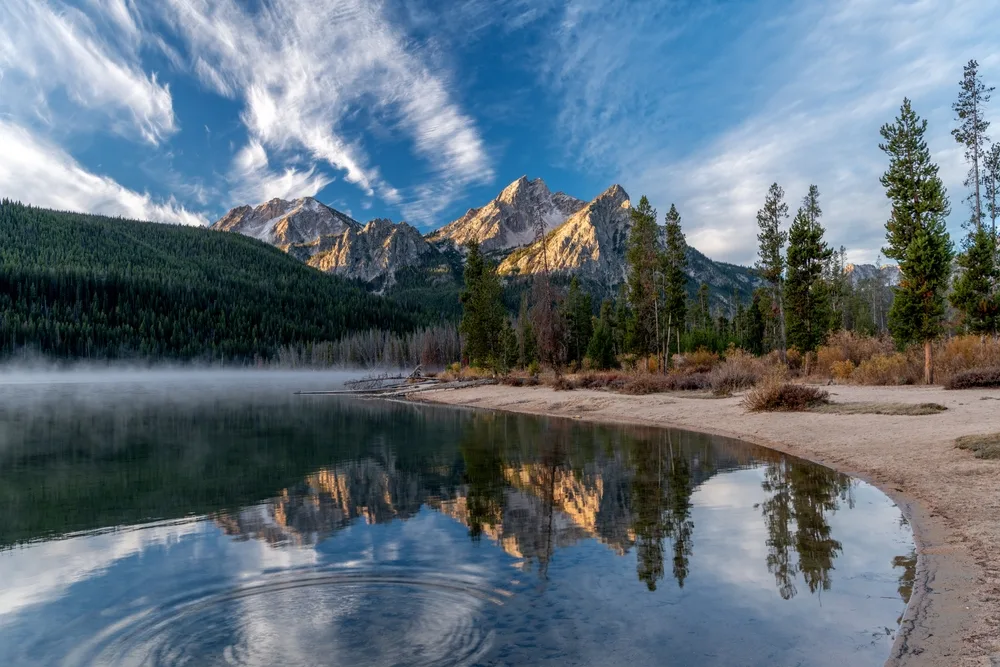
Charles Knowles/Shutterstock
Generally speaking, the best time to visit is toward the end of summer, just before fall. Visiting between June and September will help you avoid the high summer temperatures and the frigid winters.
In this time gap, you can find temperatures in the high 50s to 60s. This temperature provides a great window to enjoy the outdoors, though you may find water-based activities a bit chilly.
Would you rather stick to the cities? Coming during peak tourism season can mean higher prices, bigger crowds, and more hassle. Still, some prefer this time for the bigger crowds and lively atmosphere.
If you’re aiming for water rafting, swimming, or lake-based activities, then come during summer. Summer temperatures are much warmer (in the high 80s) and can knock the chill away.
Overall, it’s best to decide what you want to do ahead of time and visit at what time fits that entertainment. Idaho is also home to festivals and concerts which help influence your visit. Some of the most popular festivals and activities in summer in Idaho include:
- Snake River Stampede (Boise), the largest rodeo in Idaho and one of the largest in the Western US
- Twilight Criterium (Boise), a fast-paced road bike race through downtown Boise
- Trailing of the Sheep Festival (Sun Valley), a celebration of the historic sheepherding culture of the area
- Melaleuca Freedom Celebration (Idaho Falls), the largest fireworks display west of the Mississippi
Cheapest Time to Visit Idaho
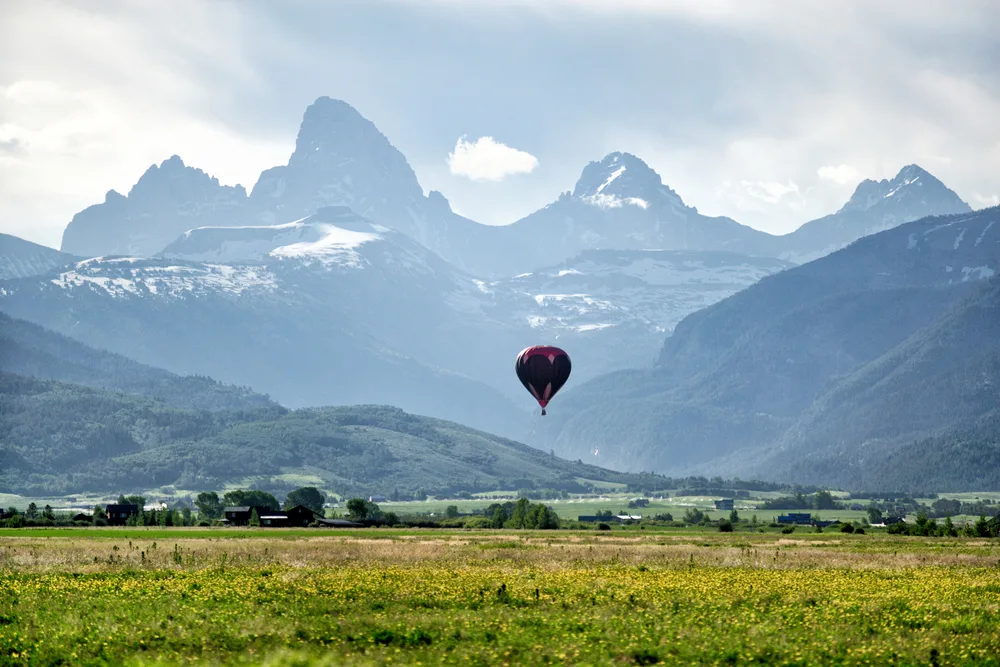
B Brown/Shutterstock
The cheapest time to visit Idaho is in mid to late September, when the travel costs and crowds are lower. If you’re staying in town, some prices may increase toward the end of September or early October.
Many come to Idaho for the winter, so make sure you decide on a budget early on. If your budget only allows certain expenses, knowing everything beforehand is best.
An alternative to scheduling your trip during the cheapest time of year is to camp. Camping is free in many areas if you don’t include the cost of your supplies, and Idaho offers many locations to set up a tent and camp off-grid.
Least Busy Time to Visit Idaho
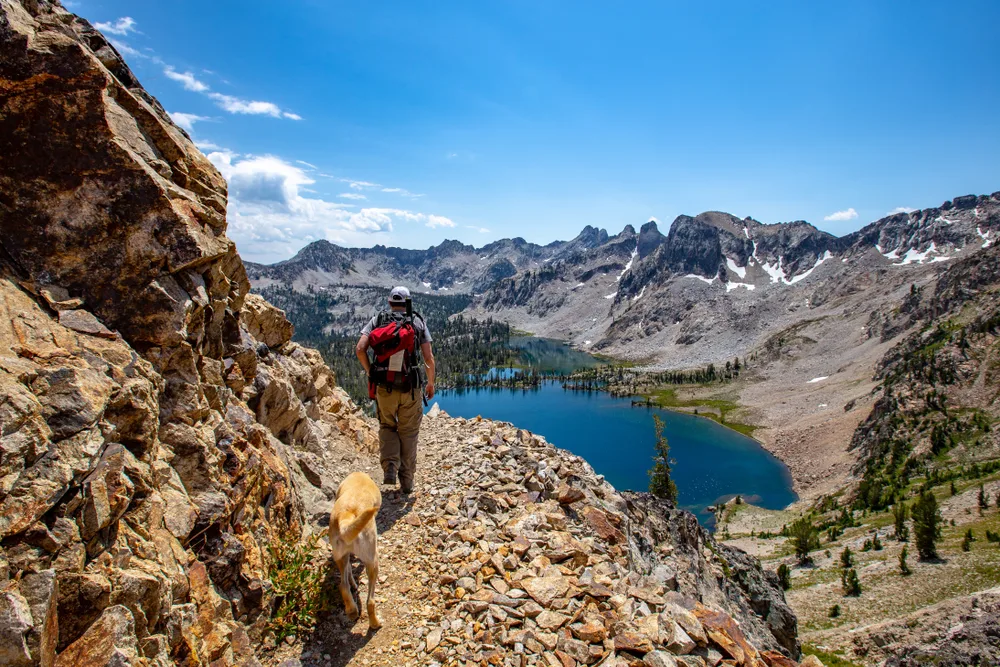
CSNafzger/Shutterstock
Visiting Idaho is rarely as busy as in some locations. While it receives a great deal of tourism, it isn’t as popular as vacation destination states like Florida or California. Thankfully, this means that you rarely have to plan around crowds.
If you’re enjoying some high-demand entertainment options, crowds may be a problem. You will find peak tourism brings issues with dinner reservations or wait times.
Traffic will increase, and your favorite lake may have a crowd. The least busy time to visit Idaho is from late September to November.
This window lets you sneak in when the peak season is fading, and the rain and snow haven’t hit yet. If you’re camping, be aware that temperatures will begin to plummet during this time.
You also may find yourself not able to enjoy lakes or whitewater rafting. The lower temperatures can make these activities much less safe.
Worst Time to Visit Idaho
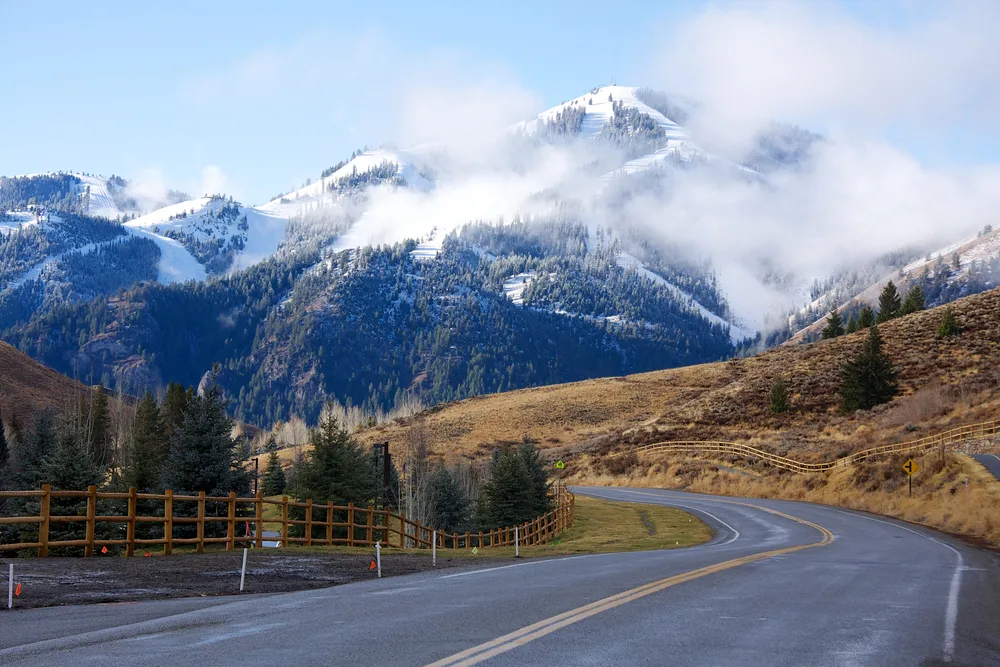
CSNafzger/Shutterstock
We think the worst time to visit Idaho is during the deep winter. Mid to late December and January is the heart of winter in Idaho. Staying at this time can bring some of the harshest temperatures you’ll experience.
Daytime temperatures can reach below freezing at 30 F and lower. Many outdoor activities are impossible during winter. Of course, you can still enjoy snowboarding, skiing, and other snow time activities. However, you’ll find camping, whitewater rafting, and other such activities difficult or impossible.
It’s best to plan your visit for the warmer months. Consider visiting just before winter in November for a warmer visit without the peak crowds. If you’re trying to avoid peak crowds, visiting during August and early September is the worst time.
These months bring the fall crowd, which is the most considerable amount of tourism Idaho sees. As a result, costs typically rise as well. Hotel rooms are more expensive (and more crowded), while airfare increases as well.
Frequently Asked Questions
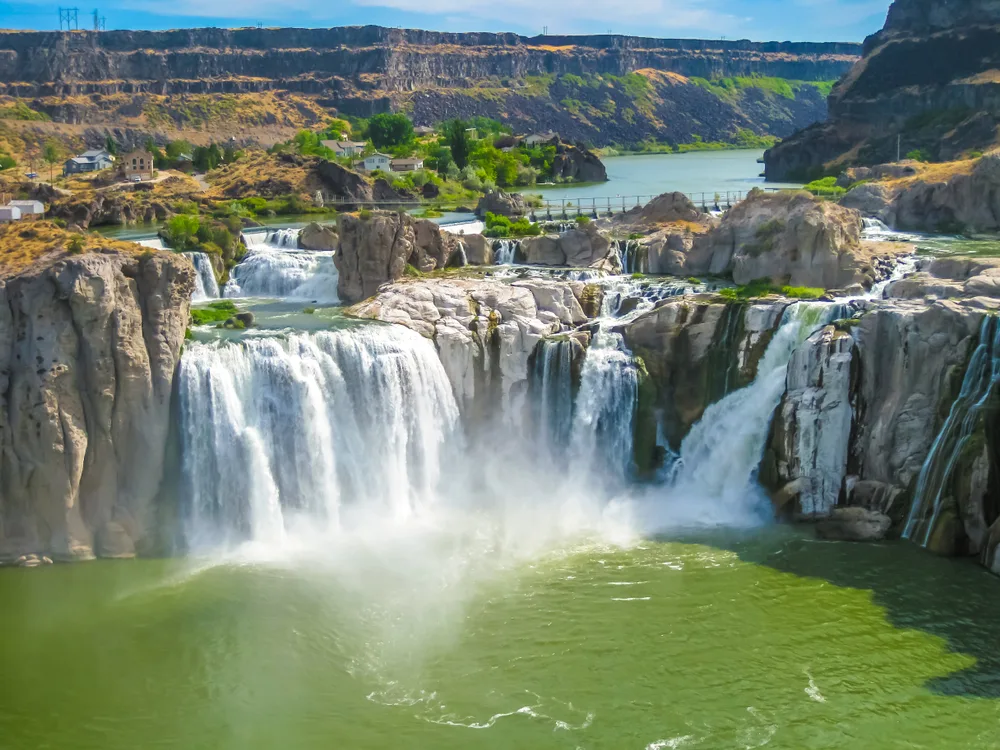
Benny Marty/Shutterstock
As you plan your trip, you’re almost guaranteed to run across a few unsolved questions. Here are the most frequently asked questions regarding a trip to the Gem State:
When does Idaho see the most precipitation?
Idaho has a relatively dry summer, but the rest of the year has high precipitation. The wet season lasts nearly seven and a half months, making it the bulk of the year. It’s common for areas very close to the Pacific to experience lengthy, light precipitation.
From mid-October to the first day of June, Idaho experiences a high amount of rainy days. The wettest month is December, with an average of 8.1 days experiencing rain. This metric counts any days with 0.04 inches of precipitation or more and uses Boise as an example.
If you’re trying to avoid the rain, you should visit during the summer. June, July, and August see the lowest rainfall and the highest temperatures. September and June have lower temperatures than the two months between them, with equal precipitation.
Is it dangerous to be in Idaho during the winter?
Yes and no. If you’re familiar with harsh winters, Idaho isn’t any more dangerous than other places with heavy snowfall. However, some activities become more dangerous. While driving, snowy or icy roads are more dangerous than usual roads.
If you’re unfamiliar with driving on ice or don’t have the right equipment, you should avoid it at all costs. Nothing will ruin your vacation quicker than an accident.
If you’re enjoying the outdoors in a camper, winter is significantly more dangerous than other times of the year. The elements and injury or harm by exposure are serious risks. Wildlife can also be more aggressive due to a lack of food.
How long should I plan to visit to see everything?
It’s unlikely you’ll see everything in a single trip. Consider taking an entire month to experience Idaho’s great outdoors and activities fully.
A week or two will suffice if you only want to see one feature, such as the mountains or the rivers. Make sure you have a schedule of what you’ll enjoy and when!
Is it safe to camp in Idaho?
Yes! If you bring the proper supplies, adequate experience, and plan accordingly, camping is perfectly safe. Consider planning your trip for when the weather will complement your camping trip.
Can you enter Canada from Idaho?
Yes, Idaho has two border crossings. Porthill Rykerts and Eastport Kingsgate will give access to and from British Columbia.
So, What’s the Best Time to Visit Idaho?
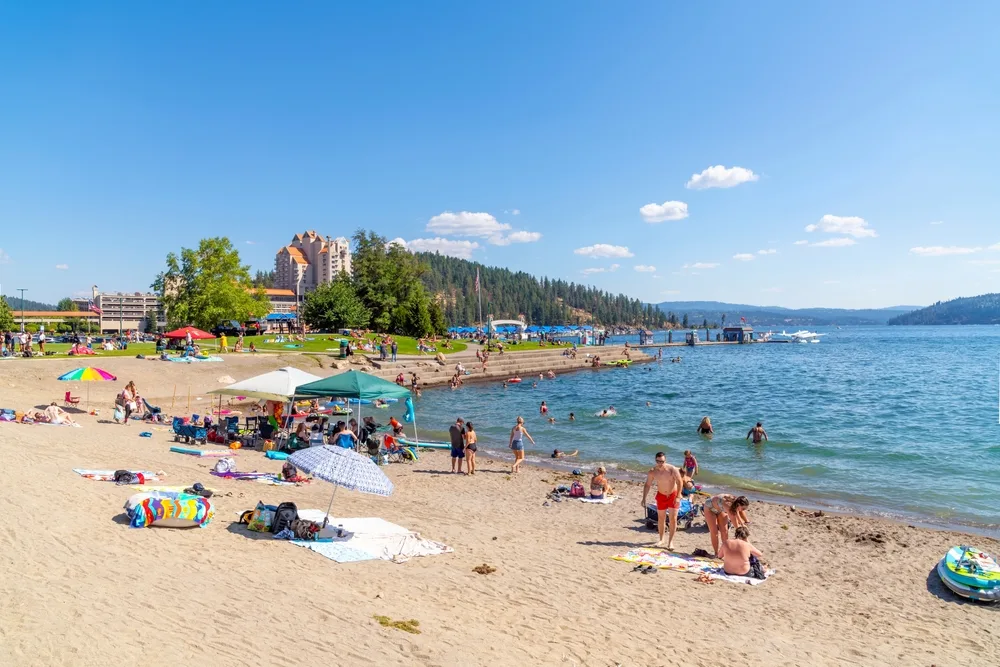
Coeur d’Alene, Idaho USA – August 5 2022: A busy summer day along the sandy beach of the lake at Independence Point, in the downtown resort district/Kirk Fisher/Shutterstock
Planning a trip to Idaho requires a good knowledge of the seasons and the outdoors. If you’re experiencing the beautiful nature Idaho offers, aim for the summer to avoid rain and freezing temperatures.
If you’re more interested in city life and don’t mind the cold, visiting in winter will help you dodge the crowds. So, with so much to see and do and technically no bad time to go, what are you waiting for — book your trip to Idaho today!



